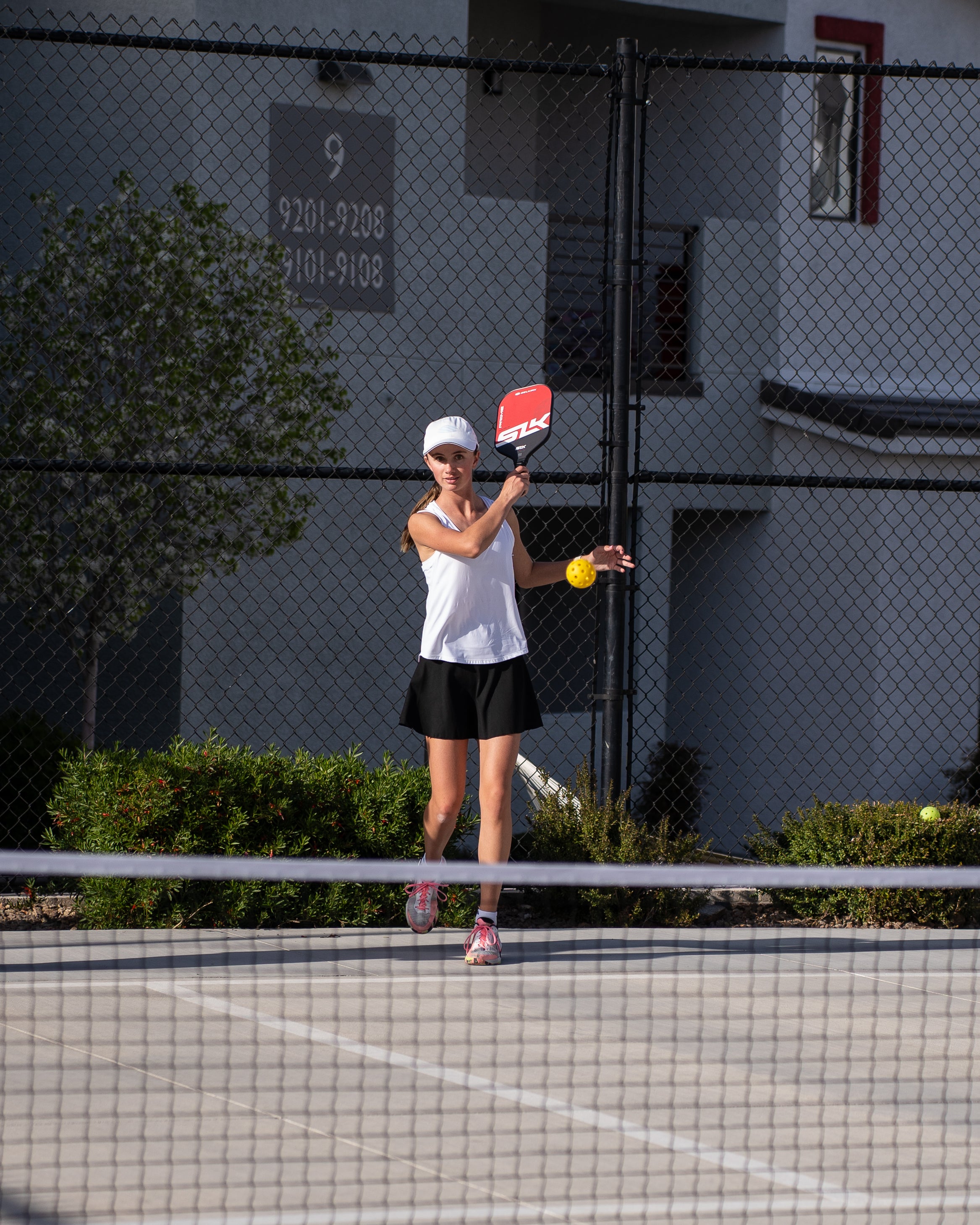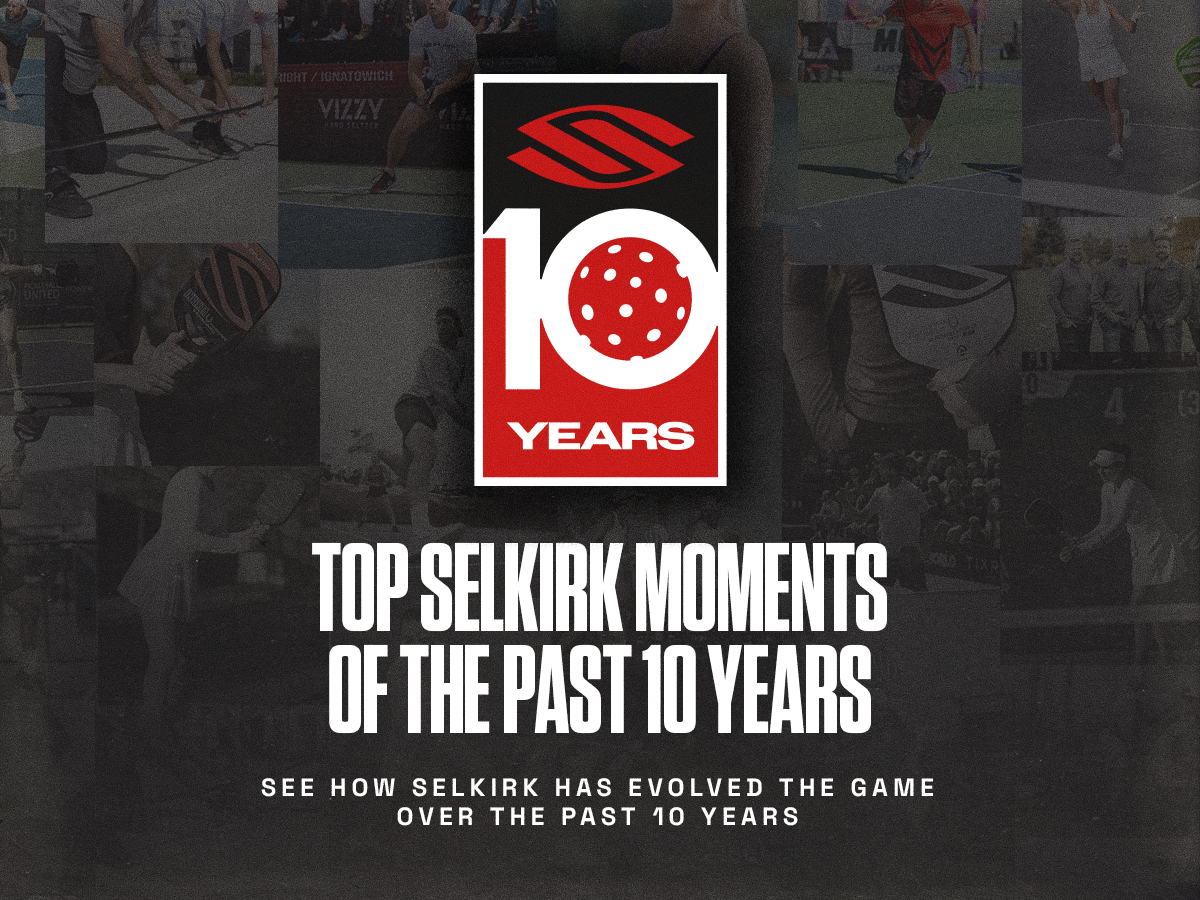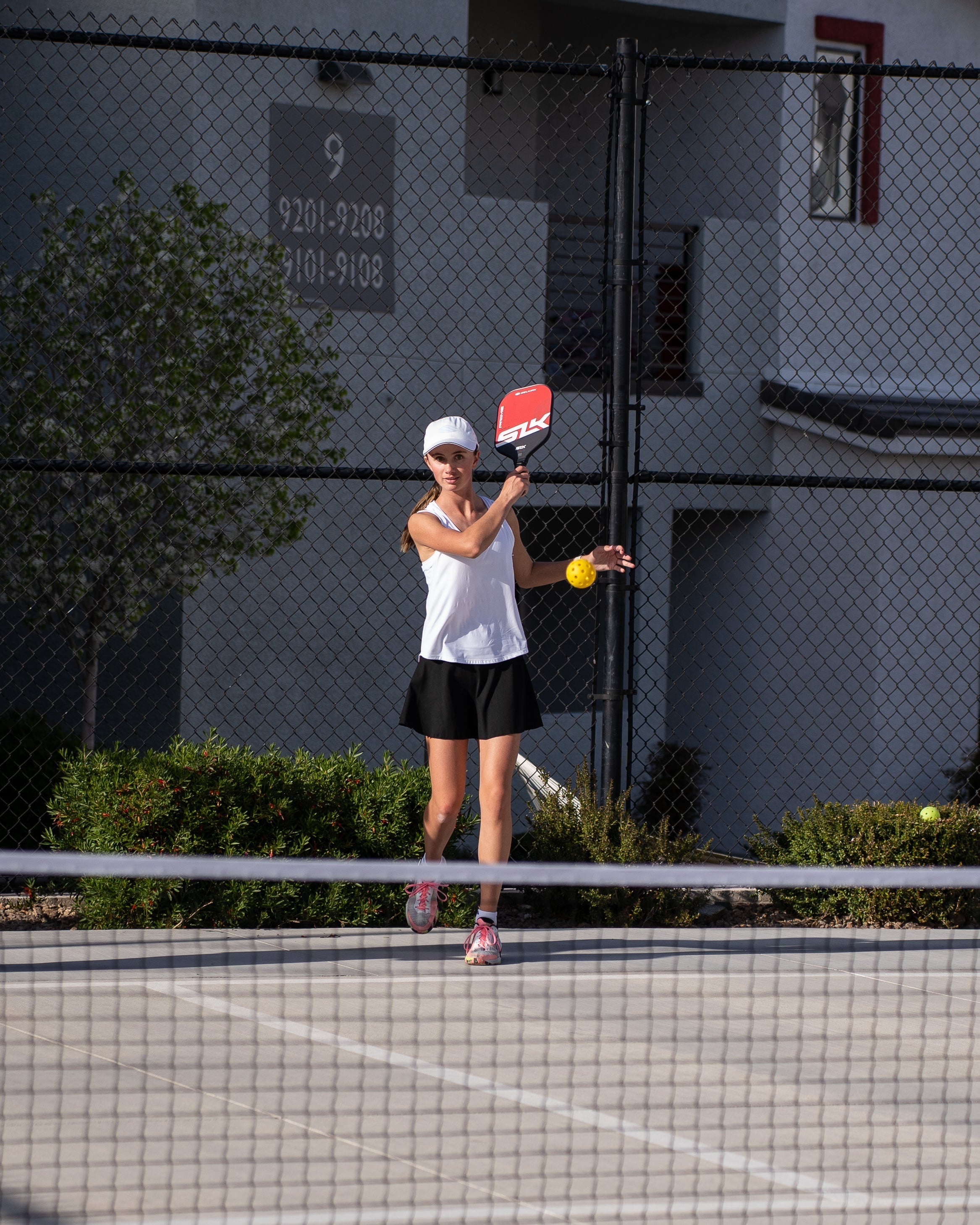
As with any sport, the nuances of gameplay rules in pickleball are pivotal to both the strategy and enjoyment of the game.
One such nuance, often the source of confusion and debate among players of all skill levels, is the scenario of the let serve: when a player's serve hits the net but still lands within the designated service area.
This moment can split players into two camps — those who believe it merits a redo and others who play through the point.
What is a let in pickleball?
A let serve in pickleball occurs when the ball is served by a player, touches the net yet continues its flight to land within the correct service box on the opponent's side.
According to a 2021 rule change to the USA Pickleball Association (USAPA) guidelines, players should continue to play the point as normal in this particular scenario. Prior to the rule change, if a let occurred, it would result in a re-serve.
So, if the ball hits the net and continues into the correct service area — that is the box opposite the server and its lines, excluding the non-volley zone line — the receiving player should continue the point.
However, a serve that hits the net and lands outside the service box or in the non-volley zone is considered a service fault and therefore, a loss of serve.
Is there a limit to how many let serves you can hit?
Pickleball rules do not impose a limit on the number of let serves a player can produce during their service turn. Constant redos might test the patience of players, but this rule accommodates the competitive nature of serving strategies.
As players at higher skill levels increasingly strive for serves that are lower and faster, to challenge the receiving side, the incidence of let serves naturally rises. This rule ensures that the spirit of competitive play is maintained, allowing players the freedom to refine their serving techniques without the fear of undue penalty.
Why do professional pickleball players redo let serves?
Professional pickleball tournaments, particularly the PPA, often observe a different protocol regarding let serves compared to casual or recreational play. In these high-stakes environments, professionals redo let serves — a practice stemming from tennis.
So, if the ball hits the net and lands in the correct service area, a let serve is called, and the player serves again. However, if the ball hits the net and lands out of bounds, it is still considered a service fault.
While professional play adheres to the original let rules, many community and recreational games embrace the 2021 rule change, opting to continue play after a let serve to maintain game flow and accessibility.
If you would like to play with the pros do, ensure everyone on the court knows your intention before starting a match. That way, you’ll avoid a lengthy debate in the middle of the game.
























































